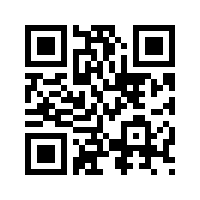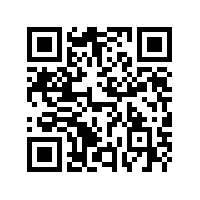When I wrote “TC At Work Daily,” I realize that my profession never leaves me once I step out of the office. I never stop utilizing the skills I learned while attending New Mexico Tech.
I guess this may mean that it drives my friends and family crazy that I am always reading their work and correcting it at home. Actually, the opposite happens. They ask me for help and advice whenever possible and they are happy that I’m around to share my knowledge and experience.
For example, before and after the STC 2011 Summit, I helped my mom create retirement flyers for her friends at work. She needed something nice to present to the retirees and knows that I’ve done various deliverables for a variety of projects. Most of them consisted of classwork but they still count as professional work.
The end result was compliments forwarded from my mom.
It doesn’t stop there. I also am a resource for my friends who need help with up their resumes and cover letters for job applications. One friend asked me to review his application in order to apply for a major wireless telecommunications company. There are a number of times which my friends ask me to proofread their homework at the last minute. I made the time to review their work and make suggestions.
What I love about doing these tasks is that I continue to use my skills beyond work. I get to improve my skill while looking for the next learning or professional opportunity.



